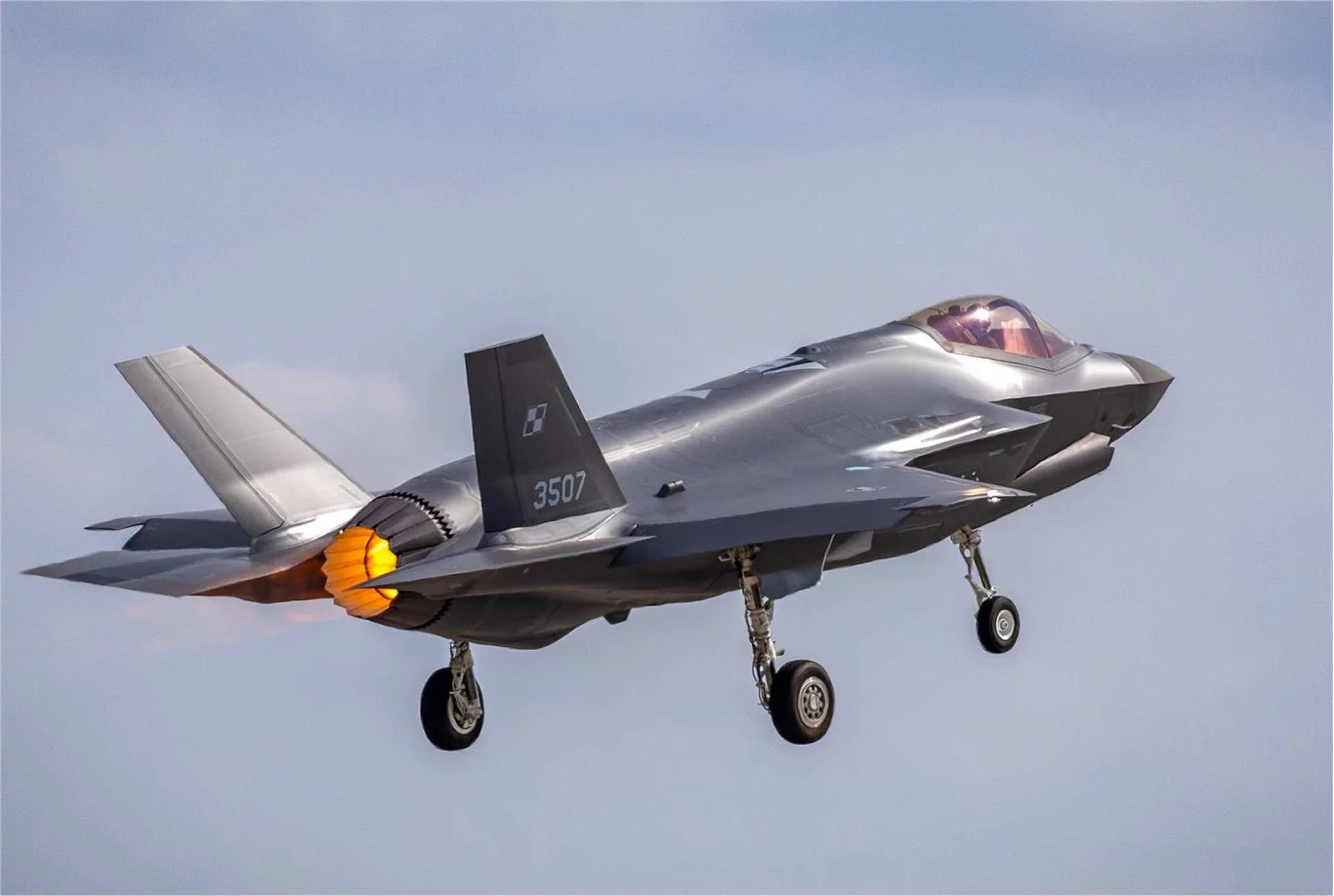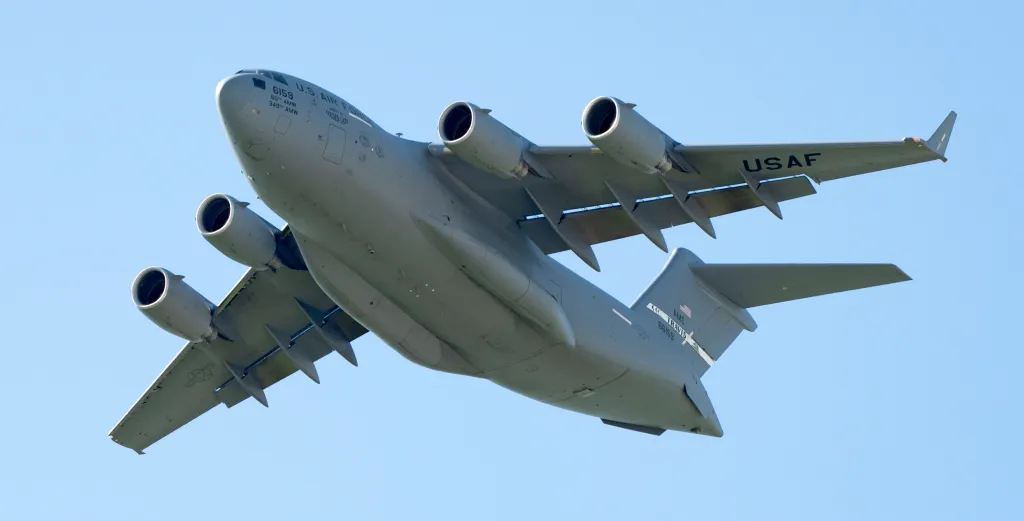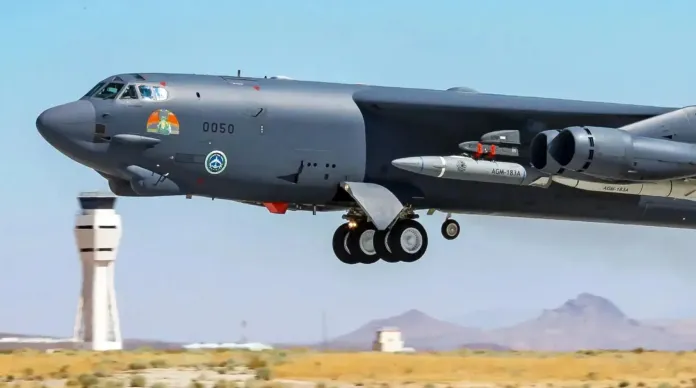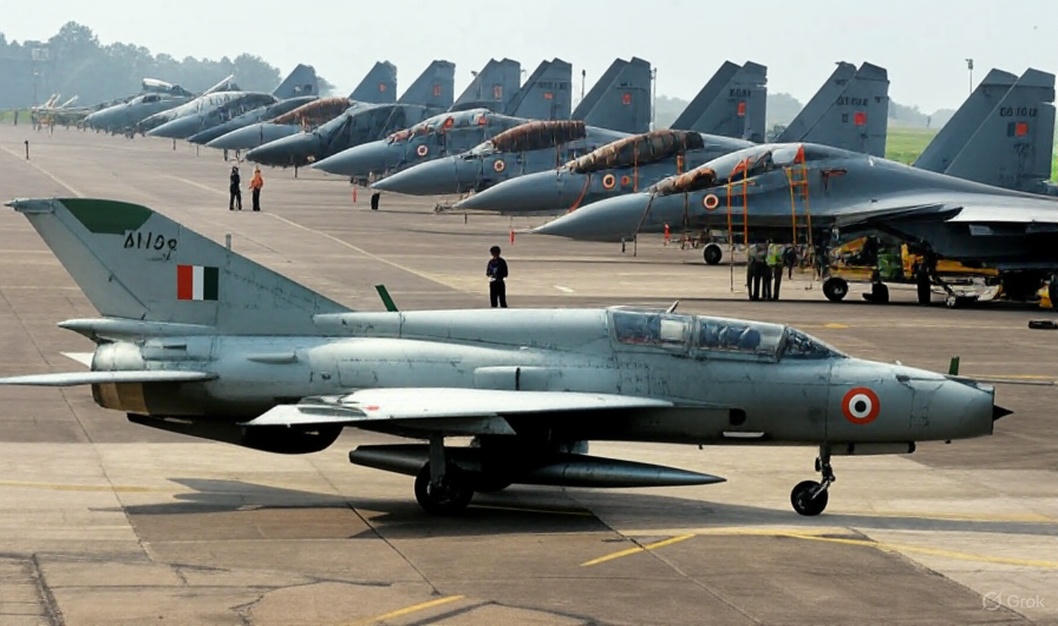In a significant stride towards modernizing its air force and bolstering its defensive capabilities, Poland is actively expanding its fleet of cutting-edge F-35A Lightning II fighter jets. Recent reports confirm that two more of these advanced fifth-generation aircraft are currently undergoing rigorous flight testing in the United States, a critical phase before their eventual delivery to the Polish Air Force. This development marks a pivotal moment in Poland’s ongoing commitment to strengthening its national security and enhancing its role within NATO, especially in the context of evolving geopolitical dynamics in Eastern Europe. This article delves into the profound implications of Poland’s F-35 acquisition, exploring the aircraft’s unparalleled capabilities and the strategic importance of this fleet expansion for both Poland and the broader European defense landscape.
The F-35A Lightning II: A Pillar of Modern Airpower
The Lockheed Martin F-35A Lightning II is not just a fighter jet; it’s a revolutionary platform that defines the pinnacle of modern air combat technology. Its integration into the Polish Air Force will be a game-changer, providing capabilities previously unavailable to the nation.
- Stealth Technology (Low Observability): The F-35A’s primary advantage lies in its stealth design, which significantly reduces its radar cross-section. This allows it to operate deep within contested airspace, detect threats before being detected, and deliver precision strikes with a much lower risk of engagement. For Poland, this means an unprecedented ability to conduct reconnaissance, strike, and air superiority missions with enhanced survivability.
- Sensor Fusion and Situational Awareness: At the heart of the F-35’s effectiveness is its unparalleled sensor fusion capability. Data from multiple onboard sensors (radar, electro-optical targeting system (EOTS), distributed aperture system (DAS)) is seamlessly integrated and presented to the pilot in a clear, unified picture, often displayed directly on the helmet-mounted display. This provides pilots with 360-degree situational awareness, enabling them to make faster, more informed decisions in complex combat environments.
- Network-Centric Warfare: The F-35 is designed to be a “node” in a larger network, sharing real-time information with other F-35s, allied aircraft, and ground-based command and control systems. This connectivity multiplies the effectiveness of the entire force, creating a comprehensive understanding of the battlespace that overwhelms adversaries. Poland’s acquisition dramatically enhances its ability to integrate seamlessly with NATO forces.
- Advanced Avionics and Weaponry: Equipped with a sophisticated active electronically scanned array (AESA) radar, advanced electronic warfare systems, and a versatile internal weapons bay (preserving stealth), the F-35A can carry a wide range of air-to-air and air-to-ground munitions. Its precision strike capability reduces collateral damage and increases mission effectiveness.
Flight Testing in the US: A Critical Milestone
The current flight testing of two new F-35A jets in the United States is a crucial stage in their journey to Poland. This rigorous testing regimen ensures that each aircraft meets stringent performance and safety standards before being accepted by the purchasing nation.
- Performance Verification: During these tests, the aircraft are put through their paces, evaluating everything from engine performance and flight characteristics to the functionality of all onboard systems, including avionics, sensors, and weapon interfaces.
- Pilot Training: While initial flight tests are conducted by Lockheed Martin or US Air Force test pilots, these stages often precede or coincide with the commencement of training for Polish pilots and ground crews. This comprehensive training program, conducted in the US, is essential to ensure that Poland can operate and maintain these complex aircraft effectively once they arrive home.
- Quality Assurance: These flights serve as the ultimate quality assurance check, identifying and rectifying any potential issues before the aircraft are formally transferred, ensuring that Poland receives fully operational and mission-ready assets.
Poland’s Strategic Vision: Modernizing for a New Era
Poland’s decision to invest heavily in the F-35A fleet is a cornerstone of its broader military modernization program, driven by several key strategic considerations:
- Deterrence in Eastern Europe: Situated on NATO’s eastern flank, Poland faces heightened security concerns. The F-35s provide an unmatched deterrent capability against potential aggression, projecting strength and resolve. Their stealth and advanced capabilities significantly raise the cost for any adversary contemplating hostile actions.
- NATO Interoperability: As a committed member of NATO, Poland’s adoption of the F-35 further enhances its interoperability with other alliance members who also operate or are acquiring the jet (e.g., USA, UK, Netherlands, Norway, Denmark, Belgium, Italy, Germany, Czech Republic). This common platform streamlines joint operations, intelligence sharing, and logistical support, strengthening the collective defense of the alliance.
- Replacement of Legacy Aircraft: The F-35s will gradually replace older, Soviet-era aircraft in the Polish Air Force, such as the MiG-29s and Su-22s, bringing its aerial capabilities firmly into the 21st century. This generational leap in technology ensures that Poland’s air force remains relevant and capable in a rapidly evolving threat landscape.
- Investment in Future Security: The F-35 program is not just about acquiring aircraft; it’s about building an entire ecosystem of advanced maintenance, training, and operational doctrines. This long-term investment ensures Poland’s air power remains cutting-edge for decades to come.
Looking Ahead: The F-35’s Impact on the Region
As more F-35s are delivered and become operational within the Polish Air Force, their presence will have a significant impact on the regional balance of power. They will serve as a powerful symbol of NATO’s commitment to collective defense and Poland’s resolve to protect its sovereignty. The training of pilots and ground crews in the US also signifies a deep, enduring partnership between Poland and the United States, further cementing their strategic alliance.
The expansion of Poland’s F-35 fleet is a clear message: Poland is investing in the best available technology to safeguard its future, act as a credible deterrent, and contribute effectively to the security of Europe.




